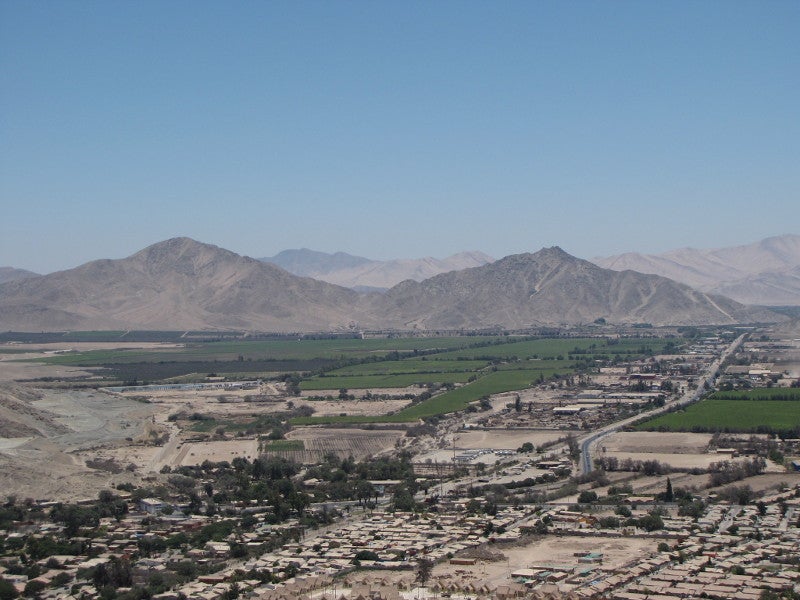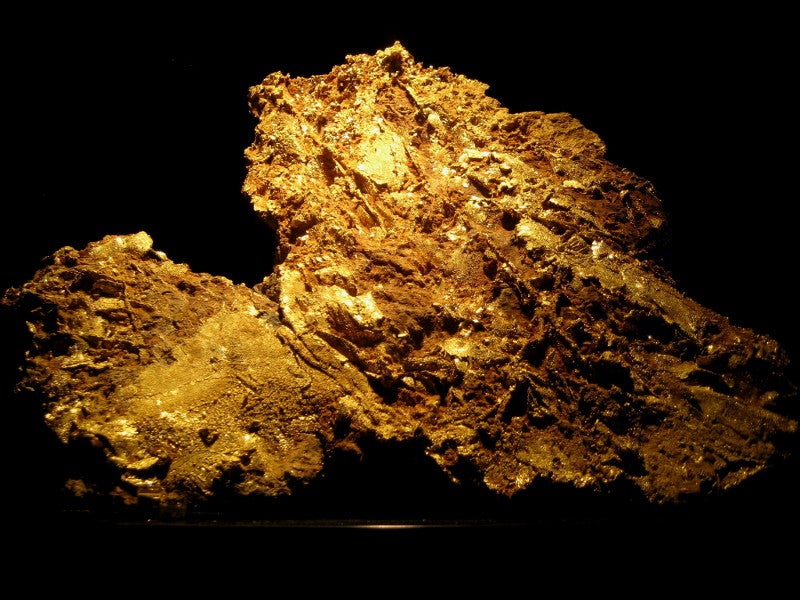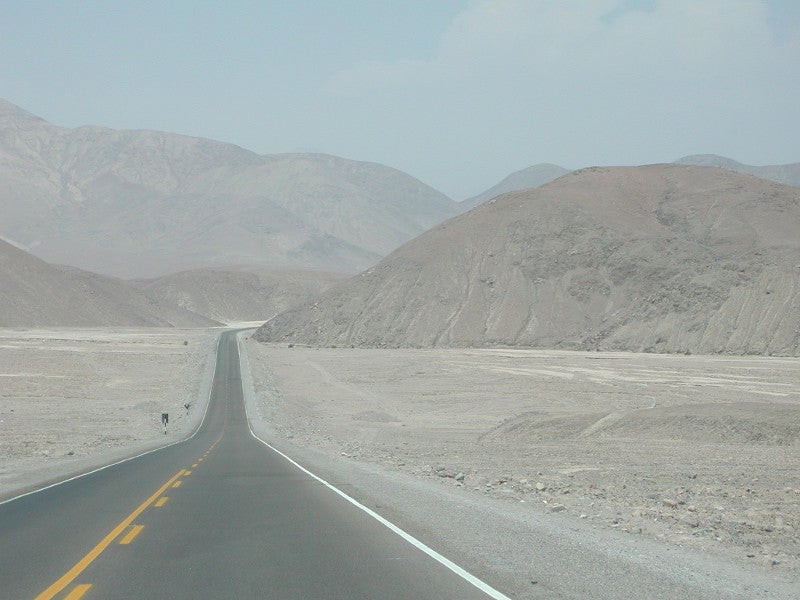The Fenix gold project located in the Atacama Region III, Chile, is one of the biggest undeveloped gold oxide projects in the Americas.
It was originally undertaken as the Cerro Maricunga gold project by Atacama Pacific Gold. The name of the project was changed to Fenix gold project in September 2018, following the merger of Rio2 with Atacama Pacific Gold in July 2018.
Although a preliminary feasibility study (PFS) for the project was previously completed in 2014, Rio2 announced the results of an updated PFS in October 2019.
With an estimated total capital expenditure of £160.65m ($206.2m), the Fenix gold project is expected to produce 1.37 million ounces (Moz) of gold, operating at a minimum ore throughput rate of 20 tonnes per day (tpd), over an estimated mine life of 16 years.
Construction works on the project are expected to be started in the fourth quarter of 2021, with the first gold production expected in the fourth quarter of 2022.
Fenix gold project location, geology, and mineralisation
The Fenix project area covers 16,050ha within the Maricunga Mineral Belt (MMB), in the Copiapo Province of Chile, approximately 140km north-east of Copiapo city. The mine site lies at an elevation of approximately 4,200m along the western flanks of the Andes Mountains.
The site is connected to the Pacific Ocean ports at Antofagasta and Coquimbo via the Pan-American Highway and the provincial road network.
The Maricunga Mineral Belt comprises Paleozoic to Triassic sedimentary rocks intruded by a series of Mesozoic-Cenozoic volcanic arcs.
The Fenix deposit is divided into Fenix North, Central, and South areas, which host gold mineralisation in sub-volcanic and andesitic intrusive domes and breccia complexes to a depth of 600m.
The mineralised zone extends for 2.5km in northwest-southeast direction and 600m in northeast and southwest direction.
Fenix gold reserves
The Fenix project is estimated to hold 116 million tonnes (Mt) of proven and probable ore reserves grading 0.49g/t of Au and containing a total of 1.8Moz of gold.
Mining method
Fenix will be an open-pit mining operation involving conventional drill, blast, and haul processes. The pit design will incorporate 20m benches made up of 2x10m benches. The mining fleet for the project will include 70t and 90t excavators, as well as 43t dump trucks.
The mine will be operated under a mining alliance style framework by appointing an exclusive mining contractor for the entire life of mine.
The mining throughput during the first year of operations will be 20,000tpd of high-grade ore, while an additional 7,000tpd of lower-grade ore will be produced in the next 12 years of mine life.
The waste-to-ore ratio for the Fenix mine will be 0.81:1.
Ore processing at the Fenix gold project
The run-of-mine ore will be crushed in a primary gyratory crusher to a P80 size of 4” and dosed with lime, before being transferred to the stockpile. The low-grade ore will be stockpiled for leaching in the later years of the mining operation.
The crushed ore from the stockpile will be trucked to a heap leach pad located 4km away from the pit, where it will be stacked in 10m lifts. Planned to be developed in four stages, the total capacity of the heap leach pad will be 129Mt.
The ore pile on the pad will be leached with a diluted sodium cyanide solution through a drip irrigation system. The gold-rich solution will drain to a pregnant leach solution pond, from where it will be pumped to an adsorption, desorption, and refinery (ADR) plant for the production of doré bars. The ADR plant will be capable of treating 1,058m³ of pregnant solution an hour.
Production details
The Fenix gold mine is expected to produce 93,000 ounces (oz) of gold during the initial 13 years and 50,000oz of gold during the last three years of operations.
Infrastructure
The Fenix mine site can be accessed via the national road CH31, while a 5.7km-long road is planned to be built to directly access the processing plant.
The project is estimated to require up to 24l/s of water, which will be supplied in 30t water tanker trucks from the Piedra Colgada wastewater treatment facility located to the west of Copiapo.
Power supply for the project will be provided by three diesel generators, including one standby generator. The project site is located approximately 25km away from the existing grid transmission network to which it can be connected in future as the mine expands.
Other infrastructure facilities for the project include a pre-fabricated modular accommodation camp capable of housing up to 310 employees, and a potable water treatment plant.
Contractors involved
Mining Plus prepared the updated PFS report for the Fenix gold project, which was completed in October 2019.
Aguas Chañar, a water utility based in Copiapo, Chile, will supply treated industrial water for the project.





